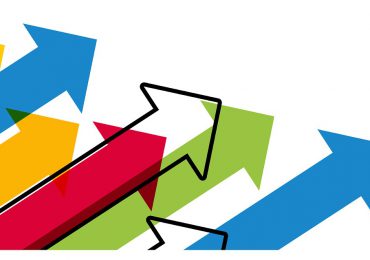A recent article in Forbesoffers insights on and comparisons of growth and value investing strategies.
While a growth investing strategy “aims to buy young, early stage companies that are seeing rapid growth in profits, revenue or cash flow,” the article notes that it’s crucial to understand the life cycle of such companies. Specifically, in the early days of a new company’s growth, it will typically reinvest profits into the business and hold off on paying dividends until its revenue streams mature a bit.
Growth companies often appear expensive when examined with standard valuation metrics such as P/E and price-to-book ratios, the article notes. To address this, it says, some investors look to growth at a reasonable price investing (GARP)—popularized by Peter Lynch—which seeks companies that are priced more in line with their intrinsic value. Still, this presents investors with the challenge of forecasting a company’s growth prospects. The article defines the PEG ratio used in the GARP strategy to these uncertainties (the P/E ratio divided by the expected growth rate), adding, “A result of one or less indicates that the stock is reasonably priced.”
Noting that value investing has outperformed growth over the long term, the article says, “the recent trend favoring growth investing will eventually end,” highlighting how even though the pandemic has served to bolster tech share prices, “nothing lasts forever. The question remains, however, when this trend will come to an end. During the dot-com bubble, the trend ended abruptly, causing severe financial pain for many investors. How and when the current trend will end is unknown.”
The article concludes by suggesting that a blended growth-value strategy might be the better approach, noting that over the long term, it can “often outperform an investor who switches between growth and value in an attempt to time the market.”









